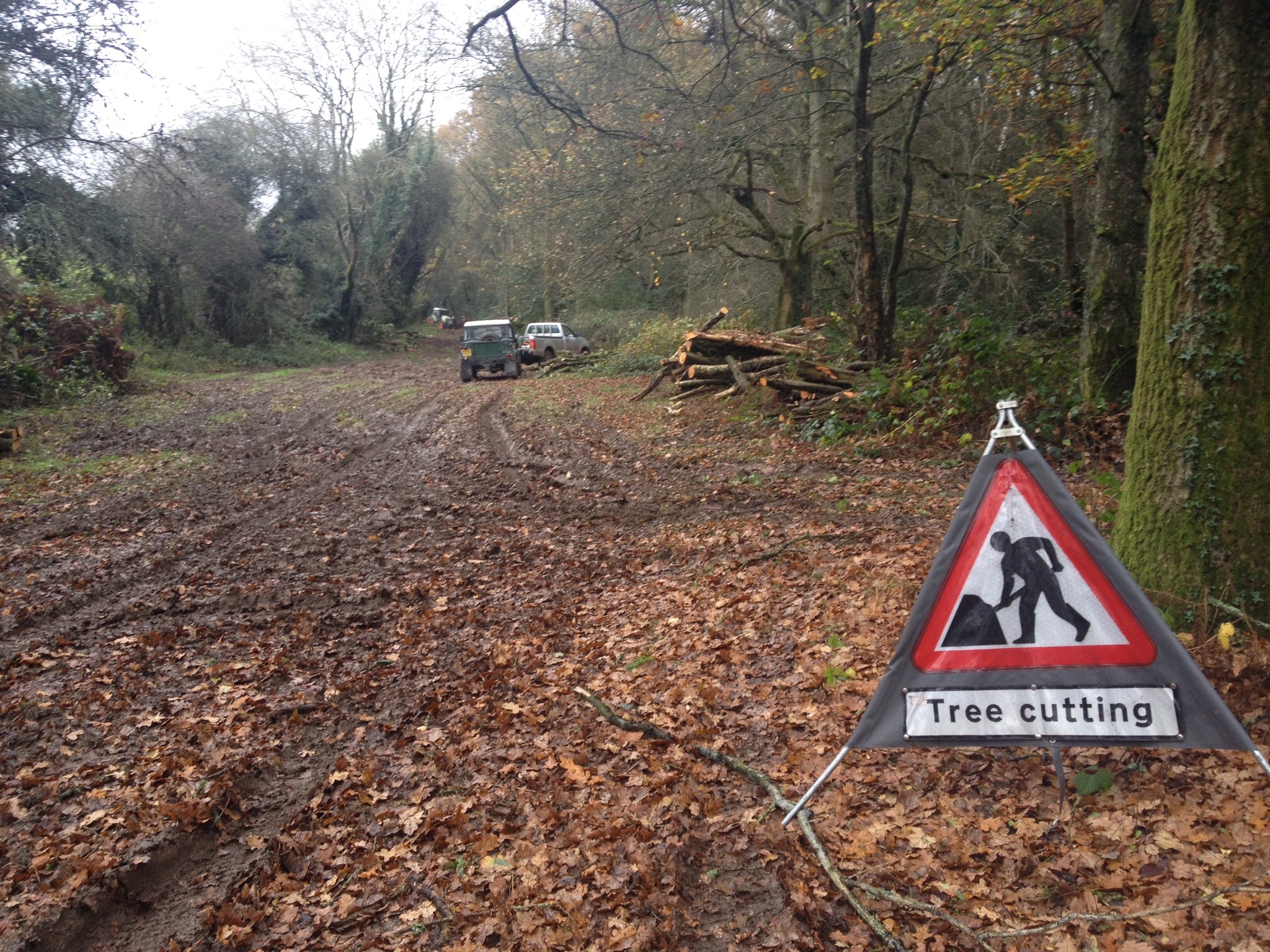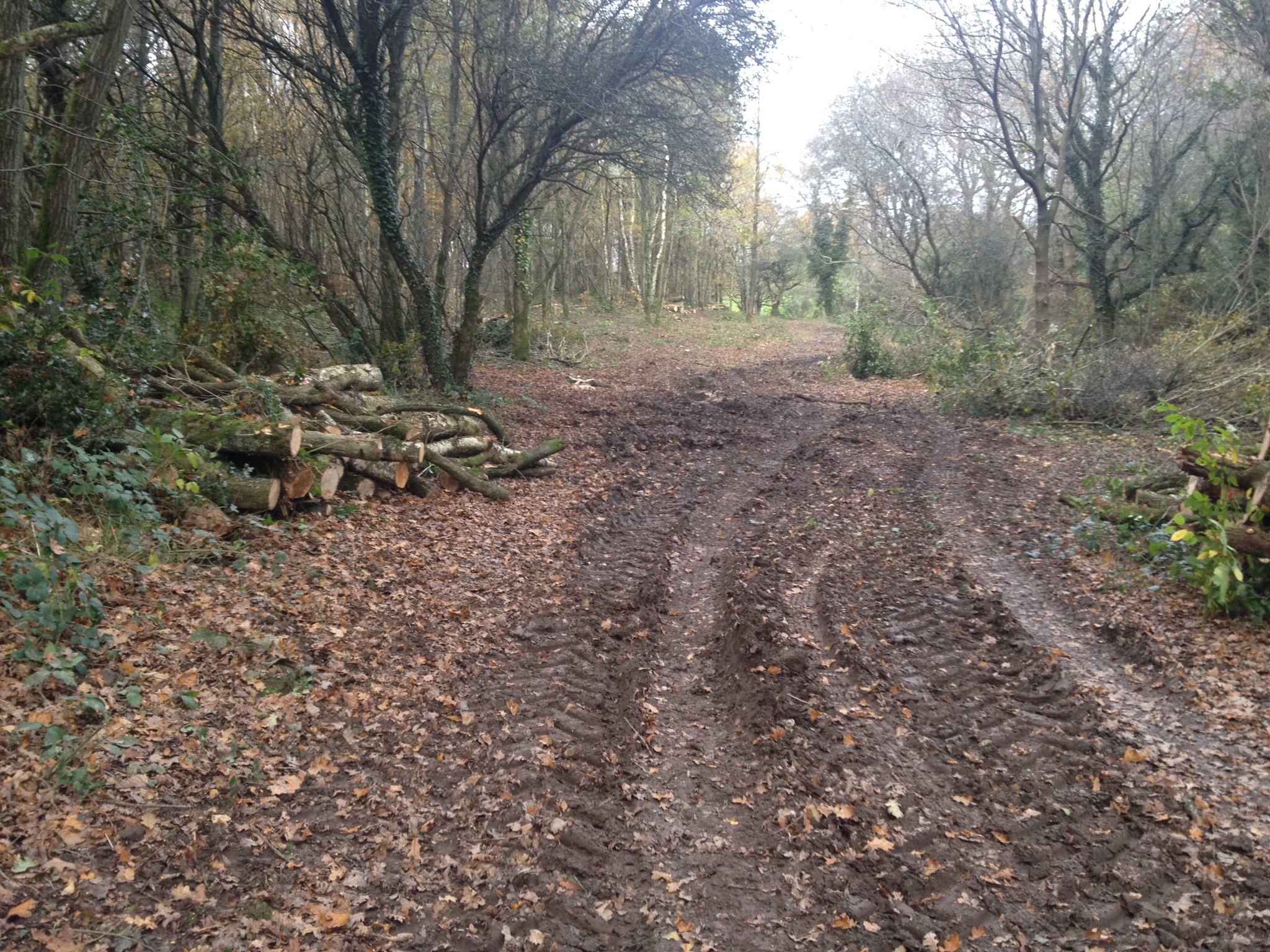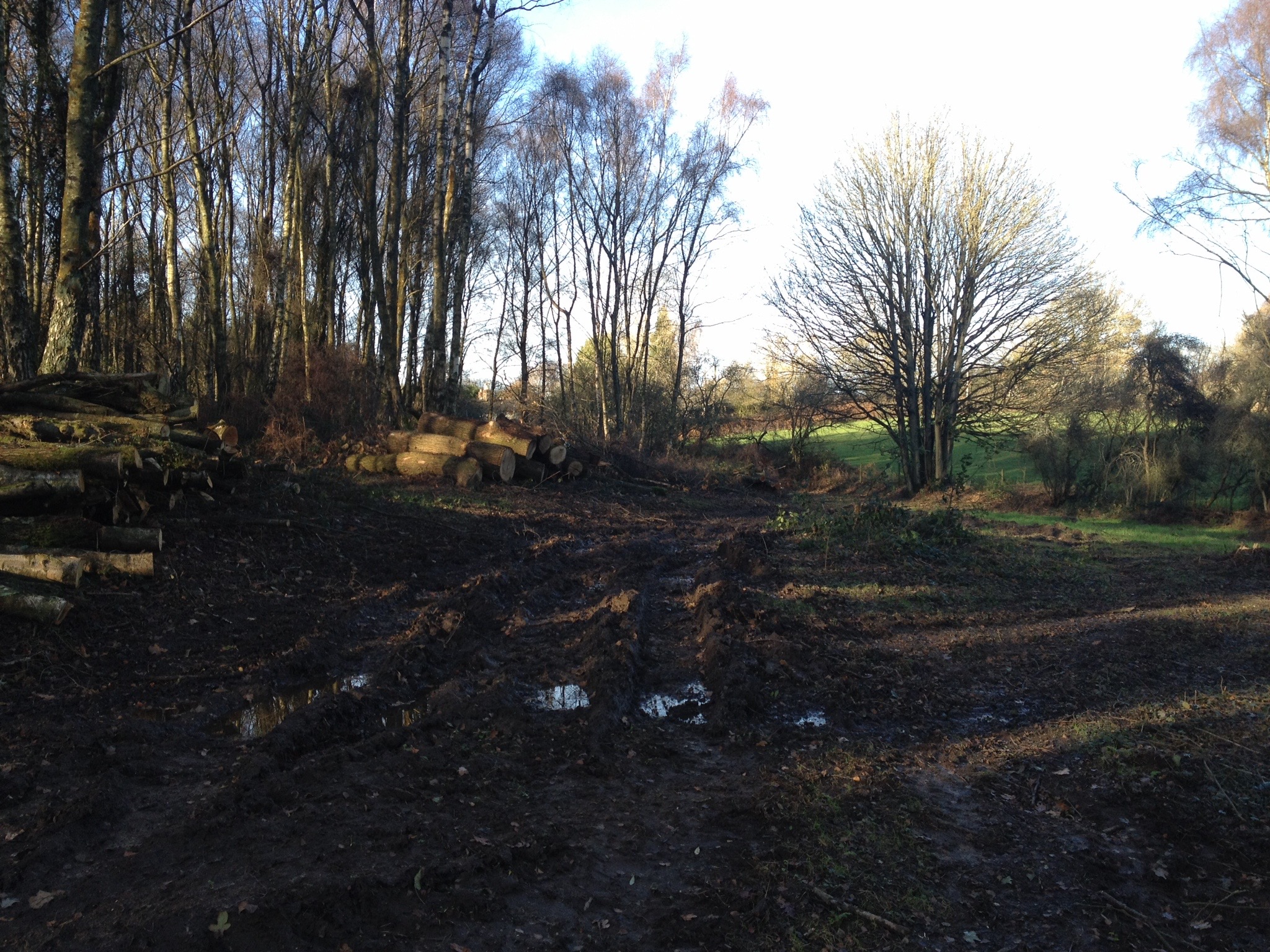FORESTRY WORK
HISTORY
For many centuries the Commons were grassland with only a few trees whilst those with Commons Rights grazed their animals there. However, over the last century, fewer people exercised their rights and grazing dwindled until the 1960’s when only George Brown grazed a few cows on Cholesbury Common. Since then they were no longer used for grazing and the Commons have become increasingly wooded. Without the early intervention of HCCPS the and the efforts of the CC, they would by now be entirely covered in scrub and would revert over time to oak forest.
The determination of our predecessors not to allow this to happen led them to making concerted efforts to assist the Lords of the Manors to keep clear some areas of grassland and the paths and rides clear for the enjoyment of all. Advice at that time was that if the woodland couldn’t be managed it was best to leave it alone.
Attempts by the first HCCPS Committee to reintroduce grazing were opposed since local people would have had to fence off their properties to keep the cattle out.
MANAGEMENT
Forestry work is managed by the Owner, Christine Stott. Recently, ash-dieback has had a major impact on the woodland areas.
In 2013 Christine undertook extensive forestry work under the guidance of Richard Pearce at the Forestry Commission which is already showing benefits.
With the help of John Morris of Chiltern Woodlands, forty plus veteran trees have been identified and remedial tree surgery carried out to make them viable for the future. The main coppicing work by the roadsides has been completed by contractors and roadside trees checked for safety.
A thinning programme, again specified by the Forestry Commission was undertaken over several years after 2013. The long timescale minimised the effect on wildlife and also increased the age range of trees on the Commons. Shortly after the first phase of coppicing was completed, large numbers of fungi emerged which had obviously benefited from the new conditions.
Ash trees are currently the focus of attention, especially those close to paths and rides.
It is also hoped that certain woodland butterflies will be attracted to the openess of the newly created sunny glades, where conditions for common food plants have been improved. The Commons are already home to a fantastic variety of butterflies and moths. Take a look at our stunning butterfly and moth photographs, courtesy of local photographer David Dennis. See also Butterfly Conservation.
BEST PRACTICE
It's also worth noting that, whilst tidiness may appeal to our sense of order, it is not the best habitat in which diverse creatures and micro-organisms thrive. The Forestry Commission recommends leaving the brash on the ground where it eventually breaks down and returns goodness to the soil. It also provides some degree of protection for freshly emerging plants, whilst providing essential winter habitat for a diverse range of invertebrates. These invertebrates will be an essential food source for the local bird population and their respective chicks.
Forestry Commission advice is being followed to allow nature to drive the processes of change. We look forward to watching how these areas develop without further interference, perhaps with new species appearing, or long buried seed of ground flora re-emerging.






